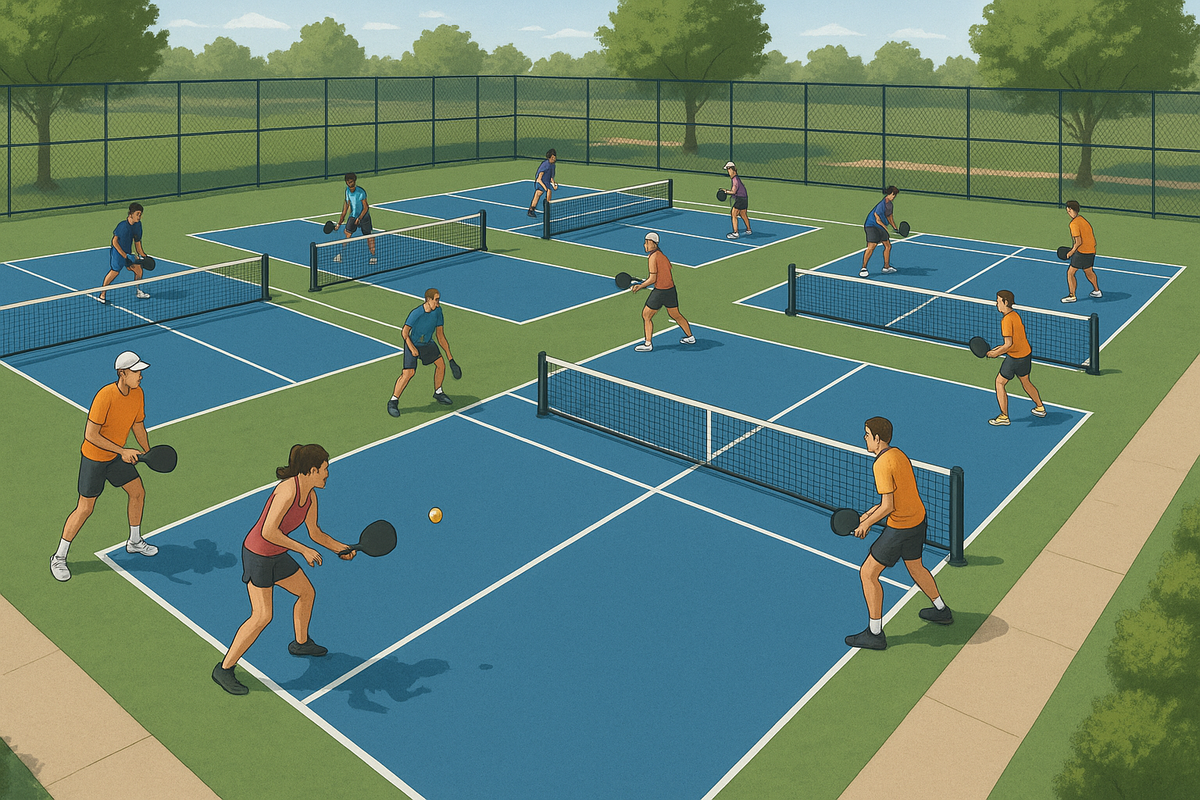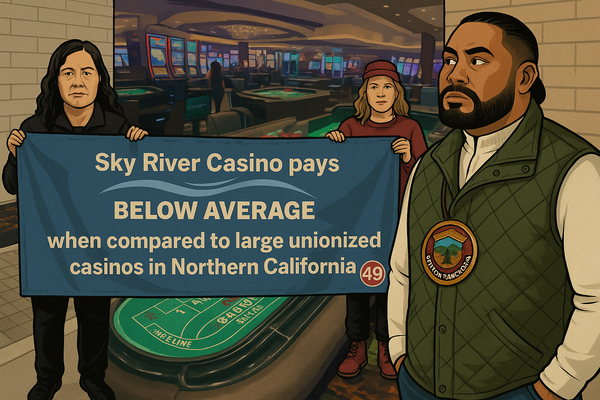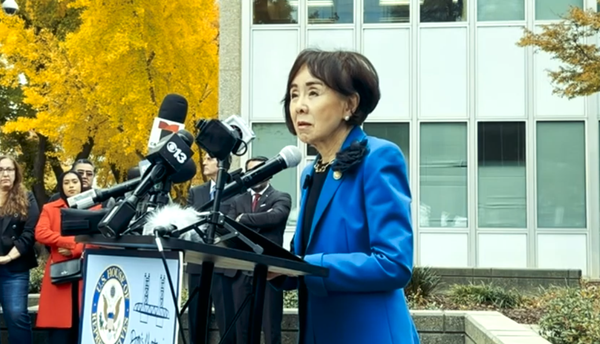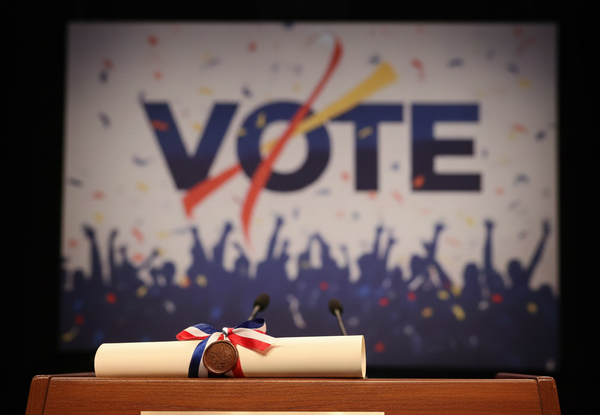As it dawdles with its failed zoo and BReW projects, why not listen to this Elk Grove citizen?
A government watchdog suggested this idea, which means it has no chance of being endorsed by the mayor.

A government watchdog suggested this idea, which means it has no chance of being endorsed by the mayor.


Do they stand with workers or the rich and powerful?

Drawing on her family’s history, Matsui referenced the mass incarceration of 120,000 Japanese Americans.

While I applaud the Newsom Administration’s opposition to Trump's plan to export more water south from the Delta, the Governor is at the same time promoting the Delta Tunnel.

Before Proposition 50 was approved, there was one declared Republican in the 6th District